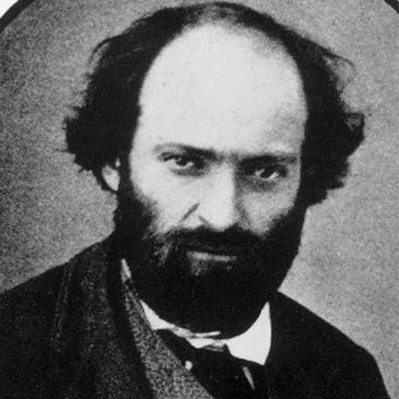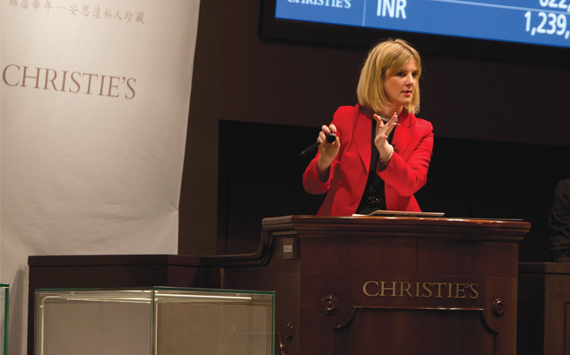- 1. Life and work
- 1.1. Early years and family
- 1.2. Artistic style

CÉZANNE
Paul
Painter
Date of Birth: 19 January 1839
person_view.holiday: Gun Appreciation Day
Date death: 22 October 1906
Age at the time of death: 67 years old
Zodiac sign: Capricorn
Profession: Painter
Biography
Paul Cézanne was a French artist and Post-Impressionist painter whose work laid the foundations of the transition from the 19th-century conception of artistic endeavor to a new and radically different world of art in the 20th century.
Cézanne is said to have formed the bridge between late 19th-century Impressionism and the early 20th century's new line of artistic enquiry, Cubism. Cézanne's often repetitive, exploratory brushstrokes are highly characteristic and clearly recognizable. He used planes of colour and small brushstrokes that build up to form complex fields. The paintings convey Cézanne's intense study of his subjects. Both Matisse and Picasso are said to have remarked that Cézanne "is the father of us all".
Life and work
Early years and family
The Cézannes came from the commune of Saint-Sauveur (Hautes-Alpes, Occitania). Paul Cézanne was born on 19 January 1839 in Aix-en-Provence. On 22 February, he was baptized in the Église de la Madeleine, with his grandmother and uncle Louis as godparents, and became a devout Catholic later in life. His father, Louis Auguste Cézanne (1798–1886), a native of Saint-Zacharie (Var), was the co-founder of a banking firm (Banque Cézanne et Cabassol) that prospered throughout the artist's life, affording him financial security that was unavailable to most of his contemporaries and eventually resulting in a large inheritance.
His mother, Anne Elisabeth Honorine Aubert (1814–1897), was "vivacious and romantic, but quick to take offence". It was from her that Cézanne got his conception and vision of life. He also had two younger sisters, Marie and Rose, with whom he went to a primary school every day.
At the age of ten Cézanne entered the Saint Joseph school in Aix. In 1852 Cézanne entered the Collège Bourbon in Aix (now Collège Mignet), where he became friends with Émile Zola, who was in a less advanced class, as well as Baptistin Baille—three friends who came to be known as "Les Trois Inséparables" (The Three Inseparables). He stayed there for six years, though in the last two years he was a day scholar. In 1857, he began attending the Free Municipal School of Drawing in Aix, where he studied drawing under Joseph Gibert, a Spanish monk. From 1858 to 1861, complying with his father's wishes, Cézanne attended the law school of the University of Aix, while also receiving drawing lessons.
Going against the objections of his banker father, he committed himself to pursue his artistic development and left Aix for Paris in 1861. He was strongly encouraged to make this decision by Zola, who was already living in the capital at the time. Eventually, his father reconciled with Cézanne and supported his choice of career. Cézanne later received an inheritance of 400,000 francs from his father, which rid him of all financial worries.
Artistic style
In Paris, Cézanne met the Impressionist Camille Pissarro. Initially, the friendship formed in the mid-1860s between Pissarro and Cézanne was that of master and disciple, in which Pissarro exerted a formative influence on the younger artist. Over the course of the following decade, their landscape painting excursions together, in Louveciennes and Pontoise, led to a collaborative working relationship between equals.
Cézanne's early work is often concerned with the figure in the landscape and includes many paintings of groups of large, heavy figures in the landscape, imaginatively painted. Later in his career, he became more interested in working from direct observation and gradually developed a light, airy painting style. Nevertheless, in Cézanne's mature work there is the development of a solidified, almost architectural style of painting. Throughout his life he struggled to develop an authentic observation of the seen world by the most accurate method of representing it in paint that he could find. To this end, he structurally ordered whatever he perceived into simple forms and colour planes. His statement "I want to make of impressionism something solid and lasting like the art in the museums", and his contention that he was recreating Poussin "after nature" underscored his desire to unite observation of nature with the permanence of classical composition.
Mentions in the news
Born in one day
person_view.holiday: Gun Appreciation Day
.
Horoscope Capricorn: horoscope for today, horoscope for tomorrow, horoscope for week, horoscope for month, horoscope for year.










































